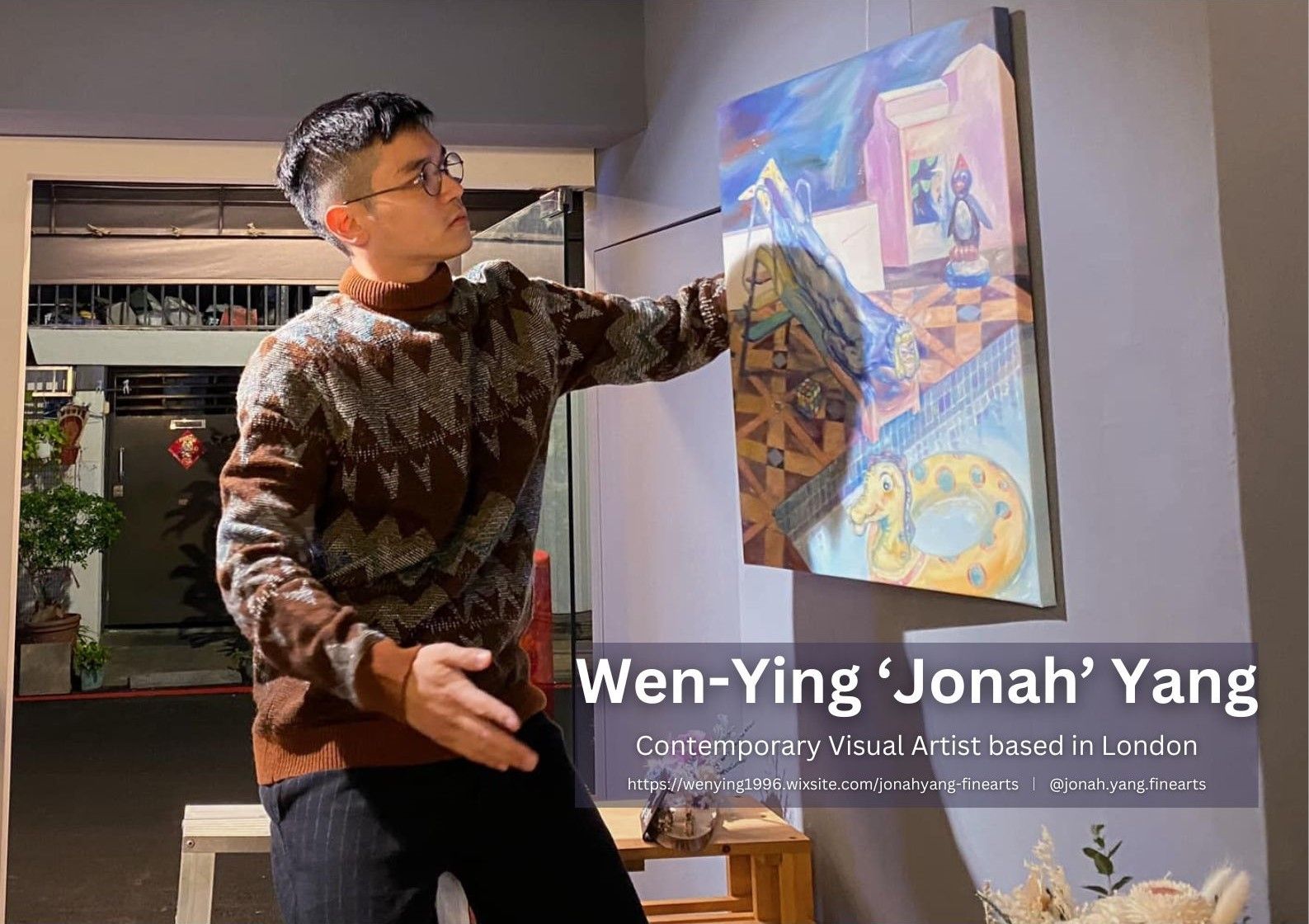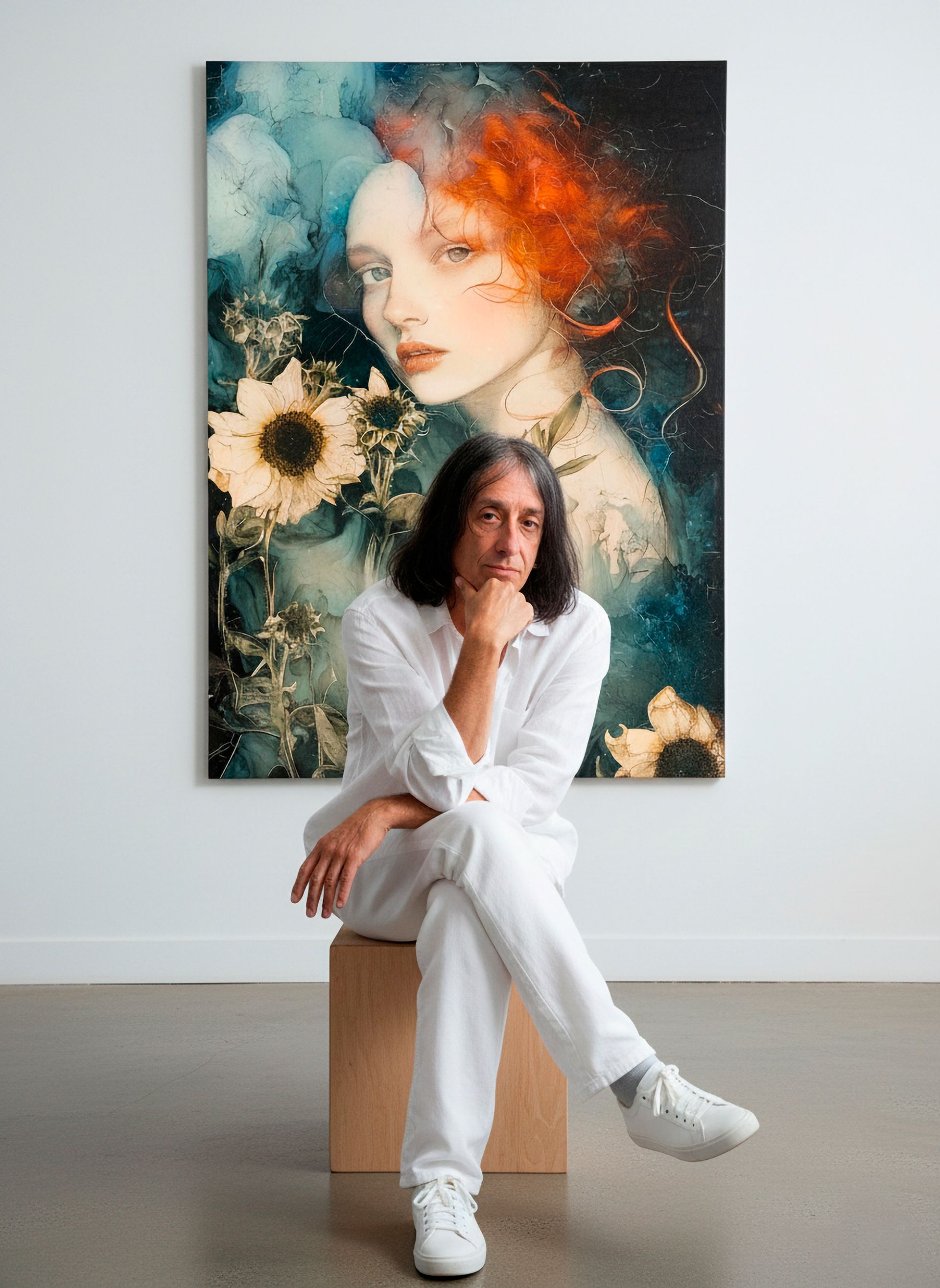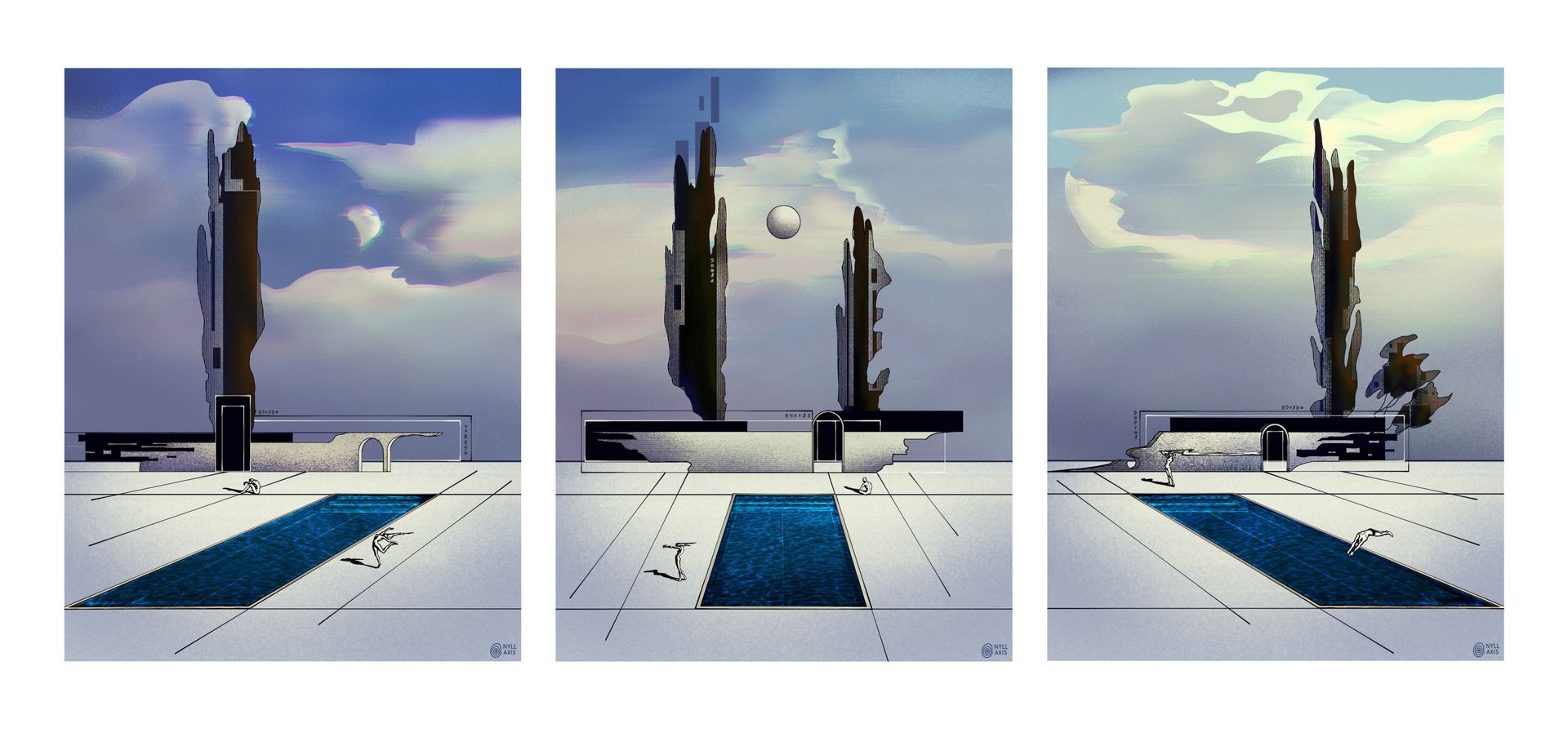Angelo Asaro: Surreal Reflections of Human Complexity
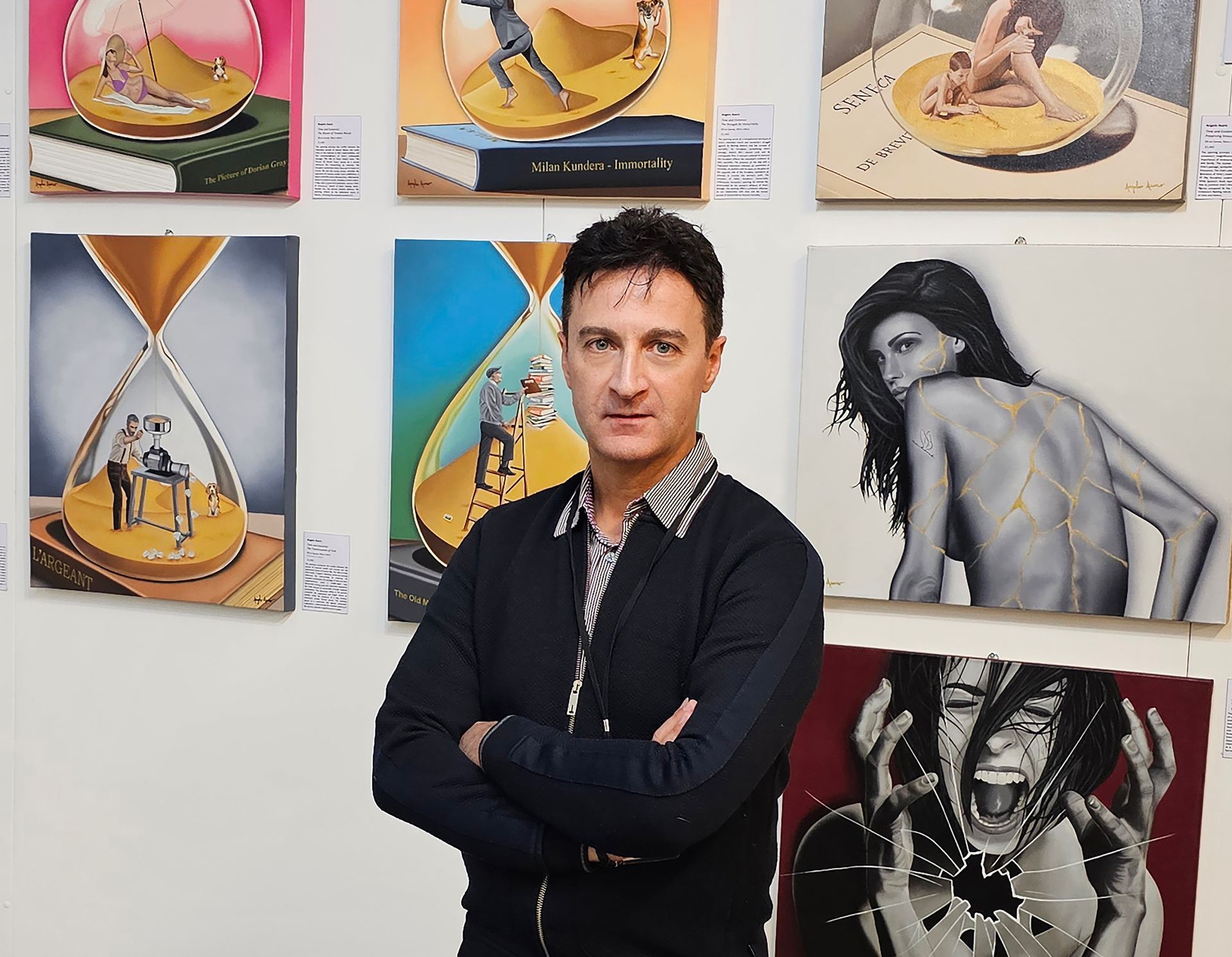
Angelo Asaro is an Italian artist based in London. His journey bridges engineering and art: after earning a Master’s degree in Engineering and building a successful career as a Product Manager, he eventually followed his true calling — art. This transition allowed him to combine analytical precision with deep creative expression.
Angelo’s work fuses surrealism and symbolism with strong conceptual depth, drawing inspiration from literature, philosophy, and psychology. His art has been exhibited internationally in galleries, art fairs, and virtual showcases, and has appeared in publications such as British Vogue, Vanity Fair, and leading art blogs.
In 2024, he was a finalist in the ArtGemini Prize and the Zari Art Prize, both celebrating exceptional contemporary talent. He was also selected for the XV Florence Biennale and the London Art Biennale 2025, two of the most respected international exhibitions of contemporary art.
Tell us about yourself. How have your roots and experiences shaped your artistic vision?
My work is deeply rooted in the exploration of the human condition — the emotional, social, and philosophical threads that define who we are. My visual language combines symbolism, surrealism, and contemporary narratives, all rendered with meticulous attention to detail.
My creative vision has been shaped by a rich tapestry of influences — literature, philosophy, artistic movements, and a deep investigation of psychological and existential themes. Growing up in Sicily — a land of powerful contrasts, layered histories, and a profound cultural legacy — played a fundamental role in my artistic development. The island’s literary and cultural heritage often centred on themes like identity, solitude, and the fight against social injustice, has greatly influenced the emotional and conceptual core of my work.
This background fuels my desire to create art that resonates on both personal and universal levels — inviting viewers to reflect on their own experiences and the intricate web of connections that shape our world.
How would you define your artistic style, and what themes are central to your work?
My style is a hybrid of surrealism, symbolism, and elements of pop art. I often use vivid colours, precise detail, and unexpected juxtapositions to blur the boundaries between reality and imagination. The result is a visual language that’s both accessible and layered — inviting viewers to look closer, then think deeper.
At the heart of my work are recurring themes: the search for identity, the fragility of existence, and the tension between individuality and conformity.
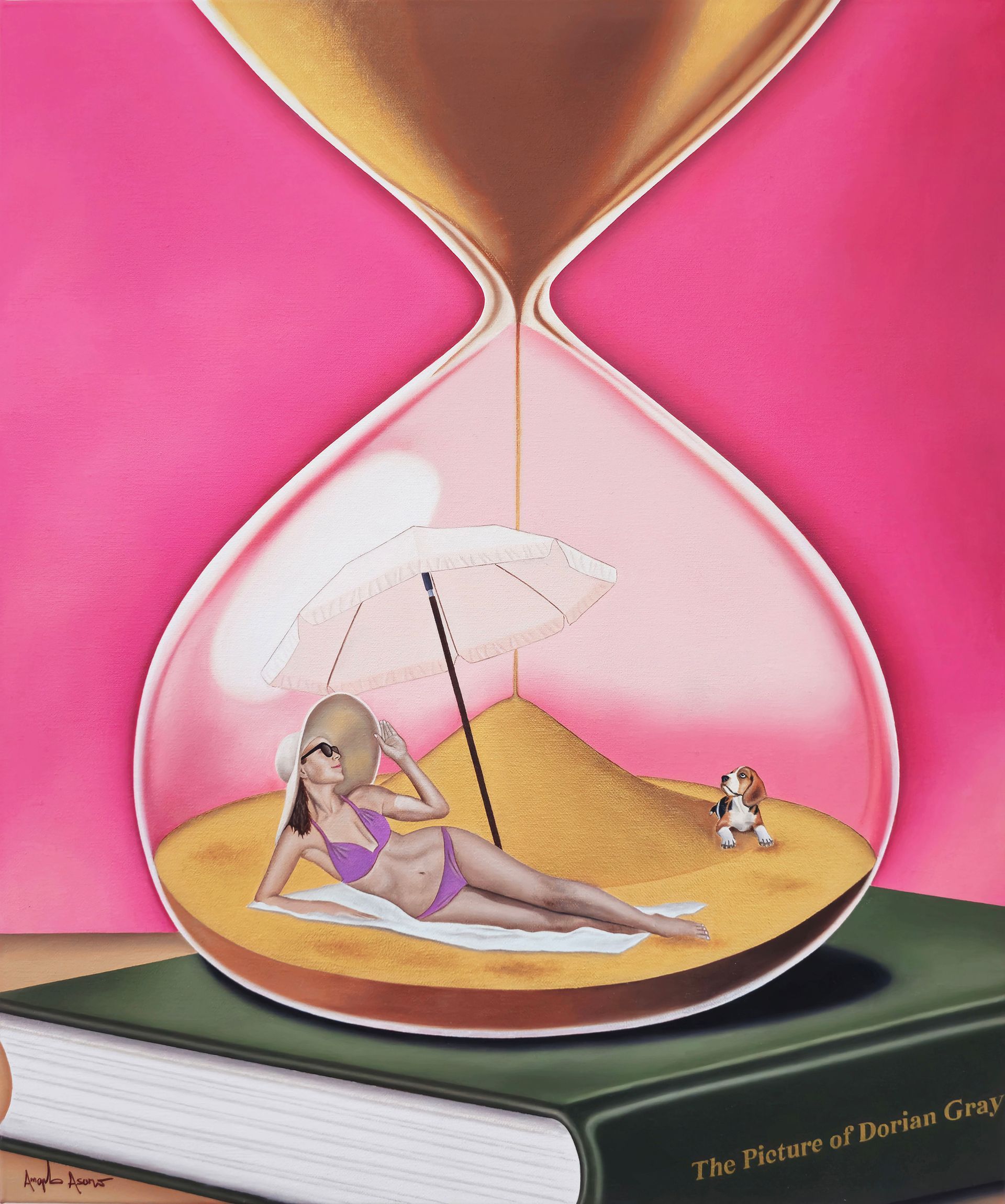
Among my most significant works is the series ‘Time and Existence’, which explores the impermanence of life and the universal search for meaning. In this series, the hourglass becomes a central metaphor — a visual symbol of time's inexorable passage and our relationship with it.
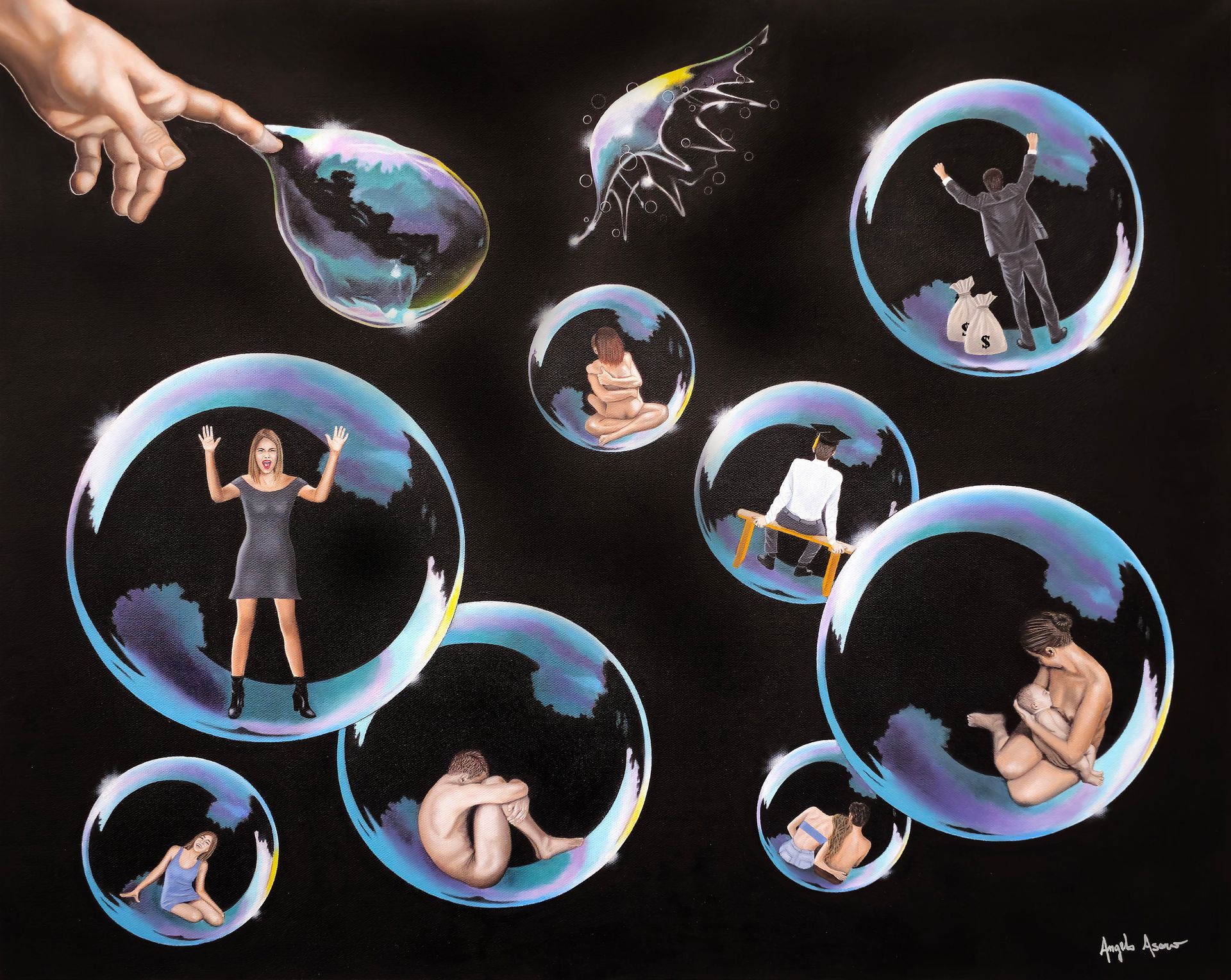
In ‘Bubbles of Life’, I delve into the fragility of existence and the ephemeral moments that define our reality, using bubbles as metaphors for the fleeting nature of joy and sorrow. Similarly, ‘The Kintsugi of Soul ‘reflects the philosophy of embracing imperfection and healing through the art of repair — transforming scars into stories and fractures into strength.
Beyond these existential themes, I also explore the psychological effects of contemporary life — how mass media, consumer culture, and digital society reshape the way we think, feel, and relate.
Across all my work, I aim to confront these tensions with poetic irony, visual metaphor, and emotional honesty.
Many of your works critique passive thinking and identity loss. What does it mean to "think" in today’s world?
To think critically today is a radical act. We live in an age of fast consumption — not just of products, but of ideas. We’re constantly fed simplified, pre-packaged thoughts, designed for easy digestion. The risk is that we lose the habit — and the courage — to think for ourselves.
In ‘Ready-Made Thoughts’, I portrayed a man’s head as a teacup — not thinking for himself, but dipping “thought-bags” into his mind, a symbol of ideas imposed by media and culture. It’s a provocation, yes — but also an invitation to question, to resist intellectual passivity.
Identity, too, is something we construct — but society often imposes roles, images, and masks. In ‘The Appearance of Emptiness’, I depicted figures reduced to clothes hanging on empty hangers — we become what we show, not what we are. Yet there’s always a chance for redemption: in that painting, a man holds a green balloon — a symbol of fragile authenticity and hope.
You often explore themes of integration and coexistence. Why are they so important to you?
They are absolutely central. We live on shared ground, yet we continue to build walls — physical, ideological, and emotional. The belief that diversity is a threat is perhaps the greatest obstacle to collective growth.
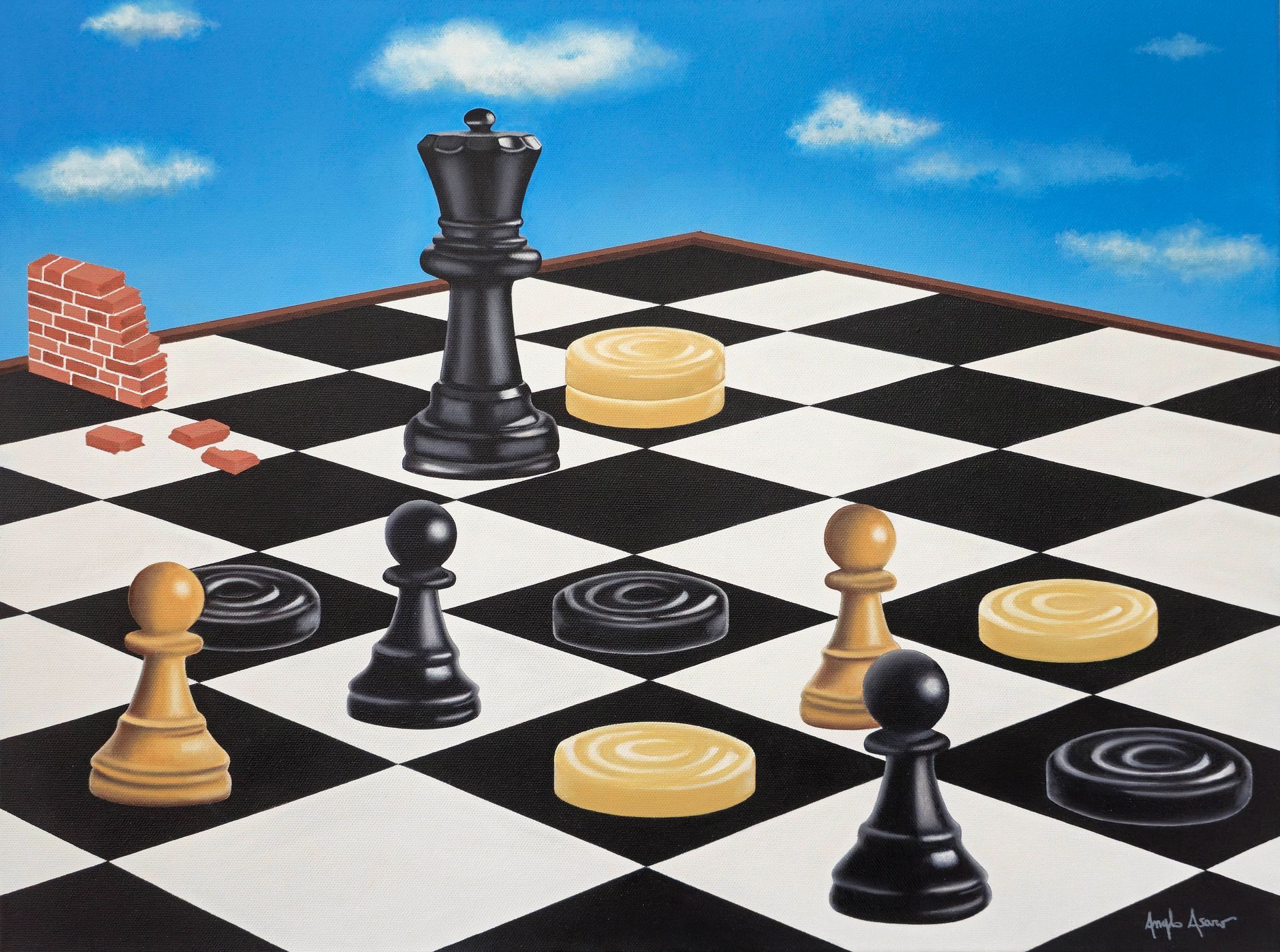
In ‘Unity in Diversity - Harmony on Shared Land’, I use the metaphor of chess and checkers — two games with different rules sharing the same board — to illustrate that coexistence is possible without erasing differences. Conversely, in ‘Apartetris’, I depicted what happens when we reject integration: the pieces don’t fit, and society remains incomplete.
These works are an appeal to reimagine coexistence not as compromise, but as co-creation.
You often denounce apathy toward tragic events like war. Why did you choose art to address these themes?
Because art has the power to shake us — without screaming. I’m not interested in representing war through direct trauma; instead, I use absurdity to highlight dissonance.
In ‘Silent War’, for example, a man eats a hamburger while watching war footage on TV. The ketchup merges with blood, the fries with bullets. It’s a grotesque image, yes — but it forces the viewer to reflect: what does it mean to “see” war from a distance, in the comfort of your living room? We consume horror daily, often without emotional response. The absurd, in this case, becomes a tool for truth.
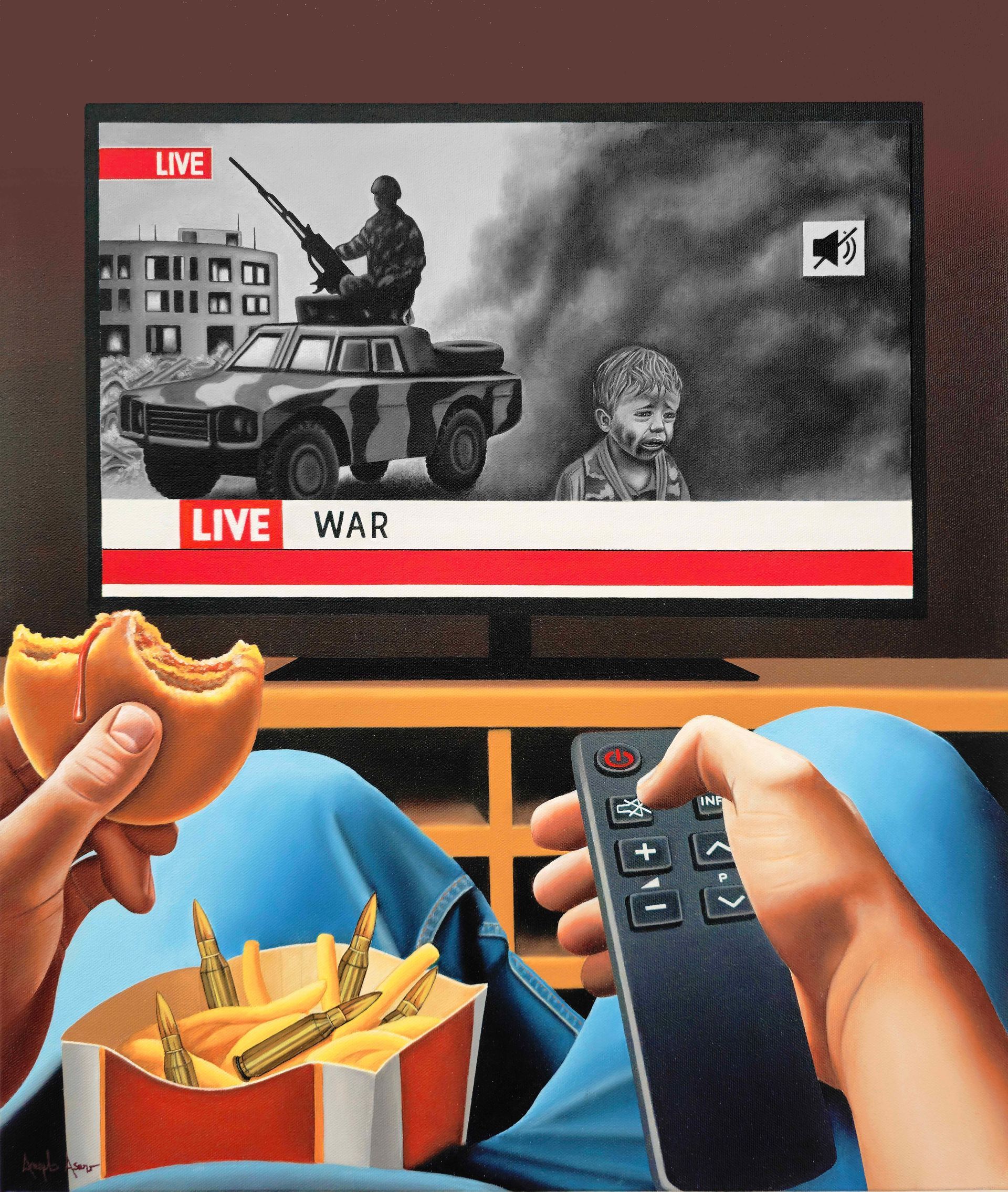
Irony and satire appear often in your work. What role do they play?
Satire is a way to disarm before confronting. I often use a pop aesthetic — playful, colourful, familiar — to lure the viewer in. Then I turn the mirror.
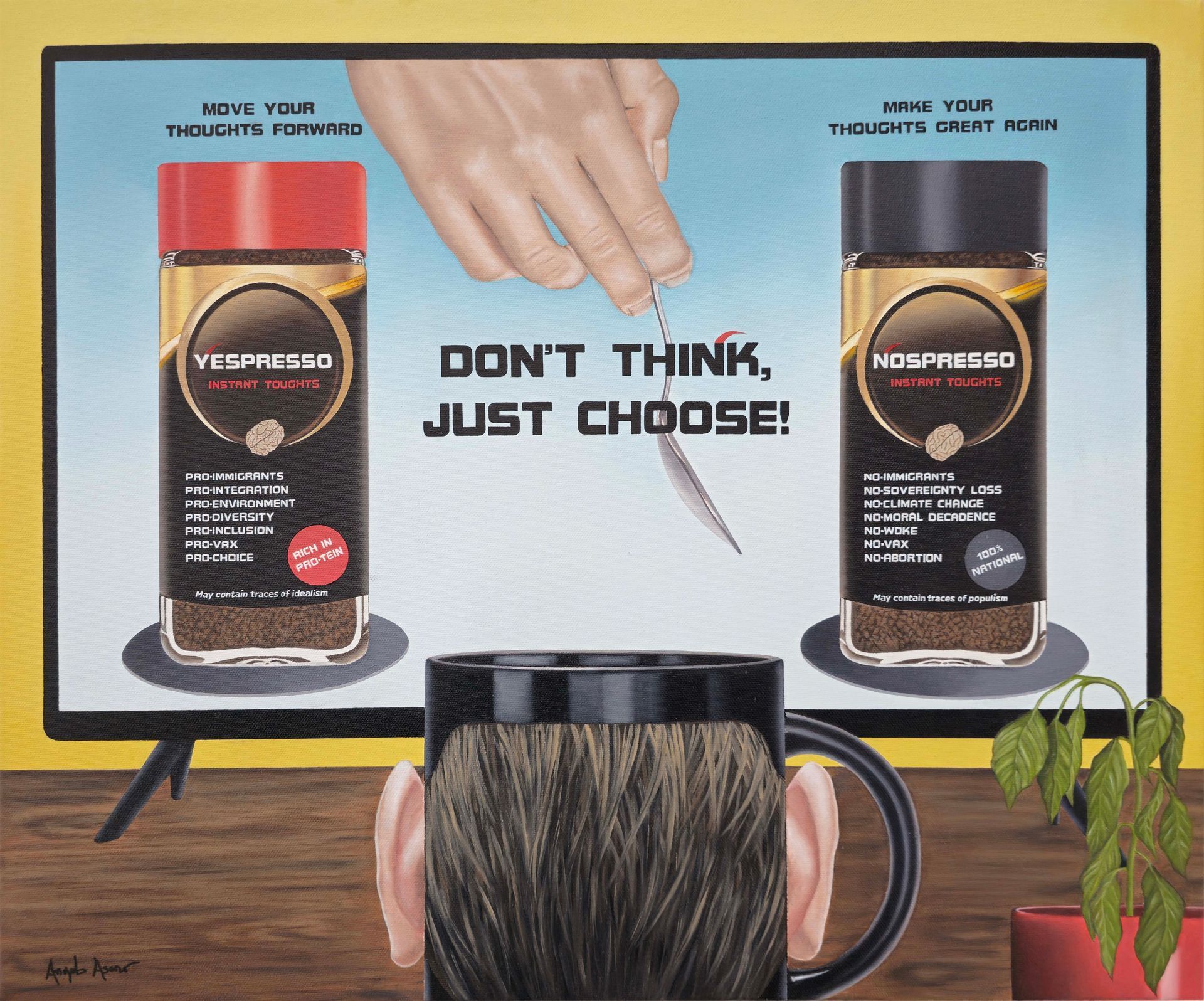
In ‘Mindbrew’, for instance, I created a satirical image of a head-as-mug with ideological jars labelled “Yespresso” and “Nospresso.” It looks like an ad — but it's a critique of polarization and the trivialization of thought.
For me, irony is never decoration. It’s a language — one that can reveal uncomfortable truths with a smile.
What do you hope viewers take away from your work?
I don’t want to provide answers — I want to create questions. My art is meant to act like a distorting mirror: to reveal what we usually overlook, ignore, or suppress. I want my work to linger in the viewer’s mind — like a quiet question that echoes long after the image fades.
Follow Angelo Asaro on Instagram @Angelo_A_Art
For more: www.angeloasaro.com
